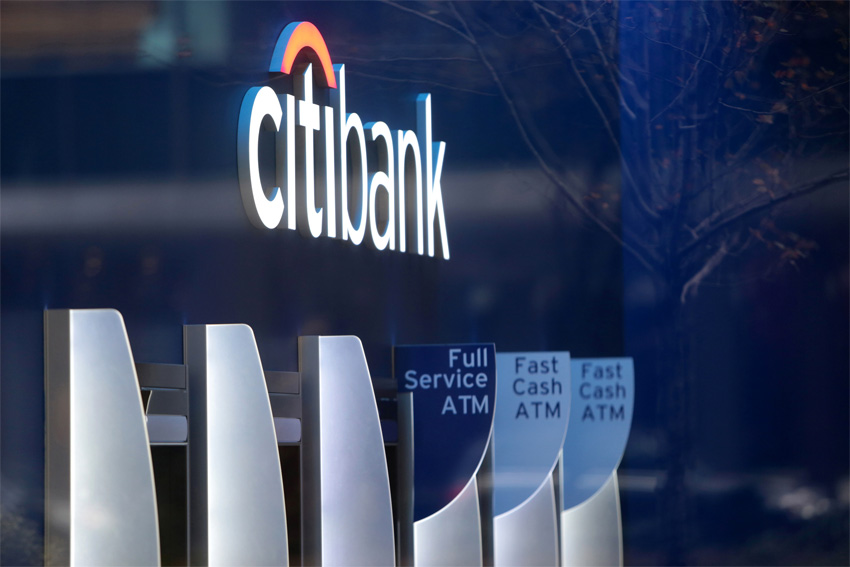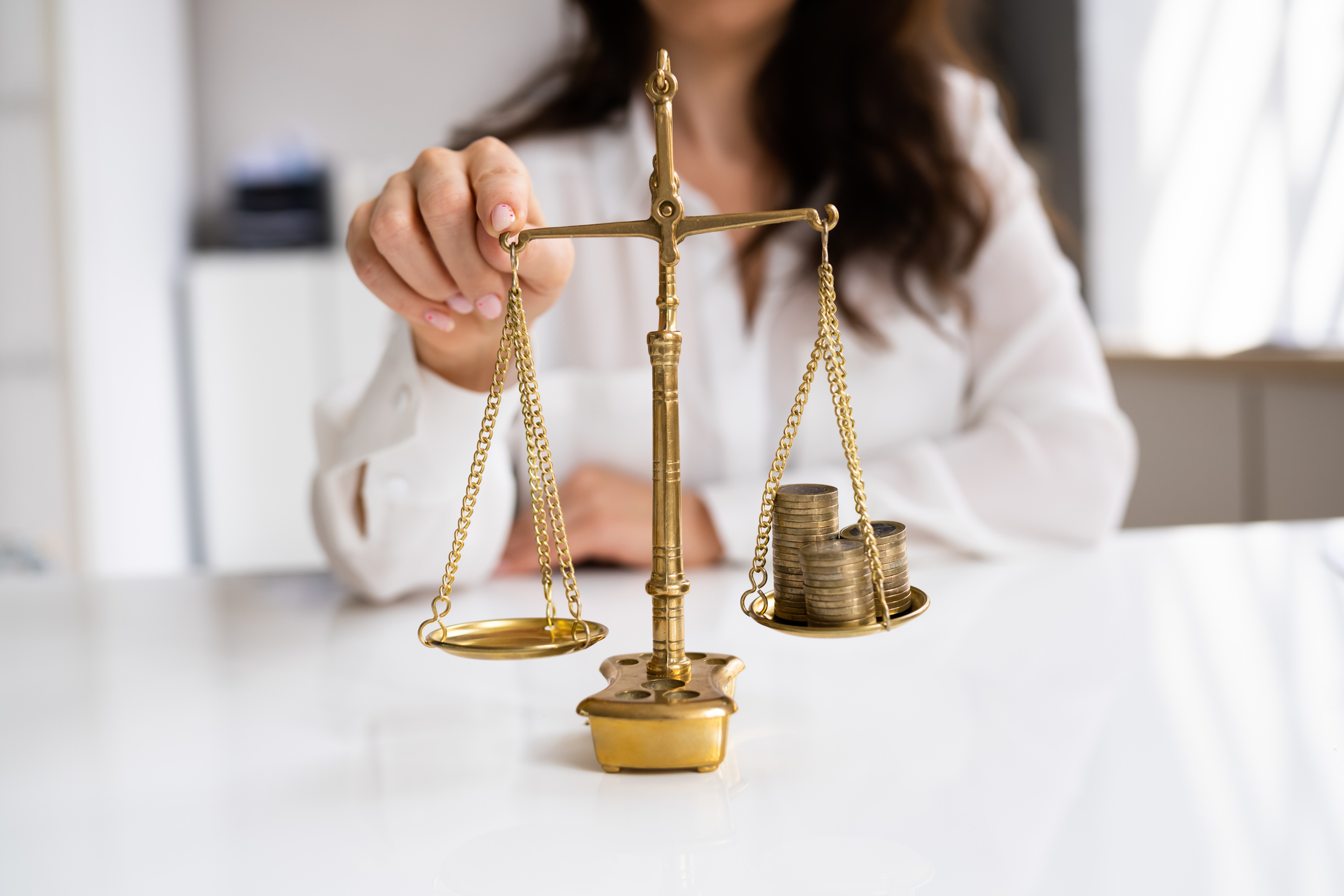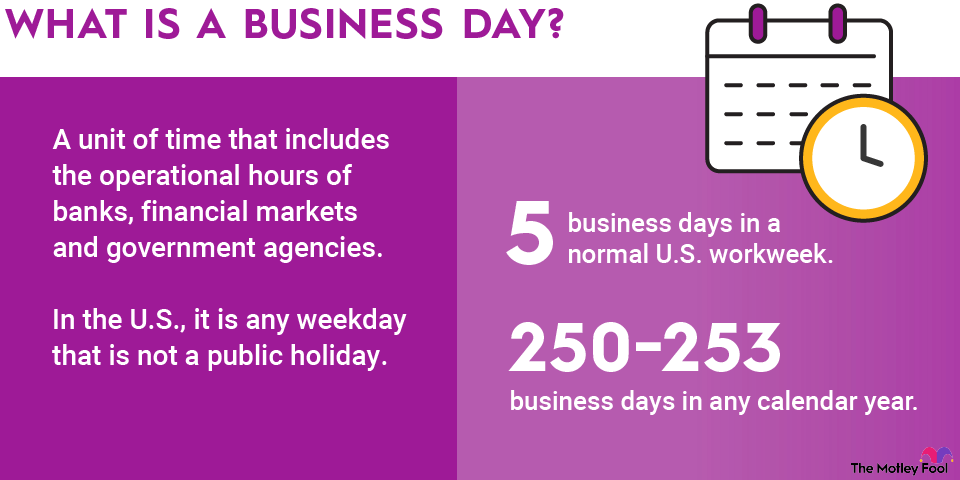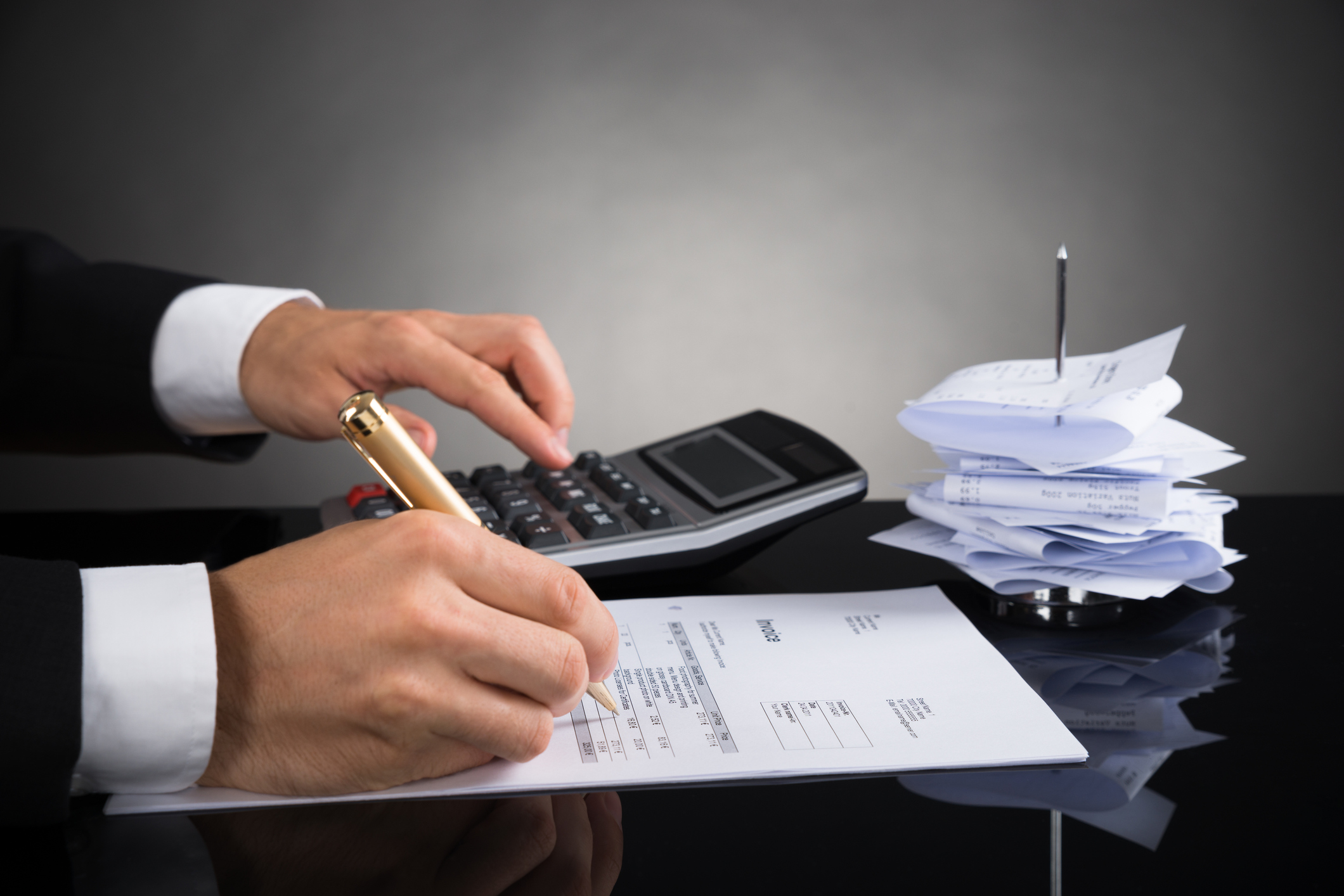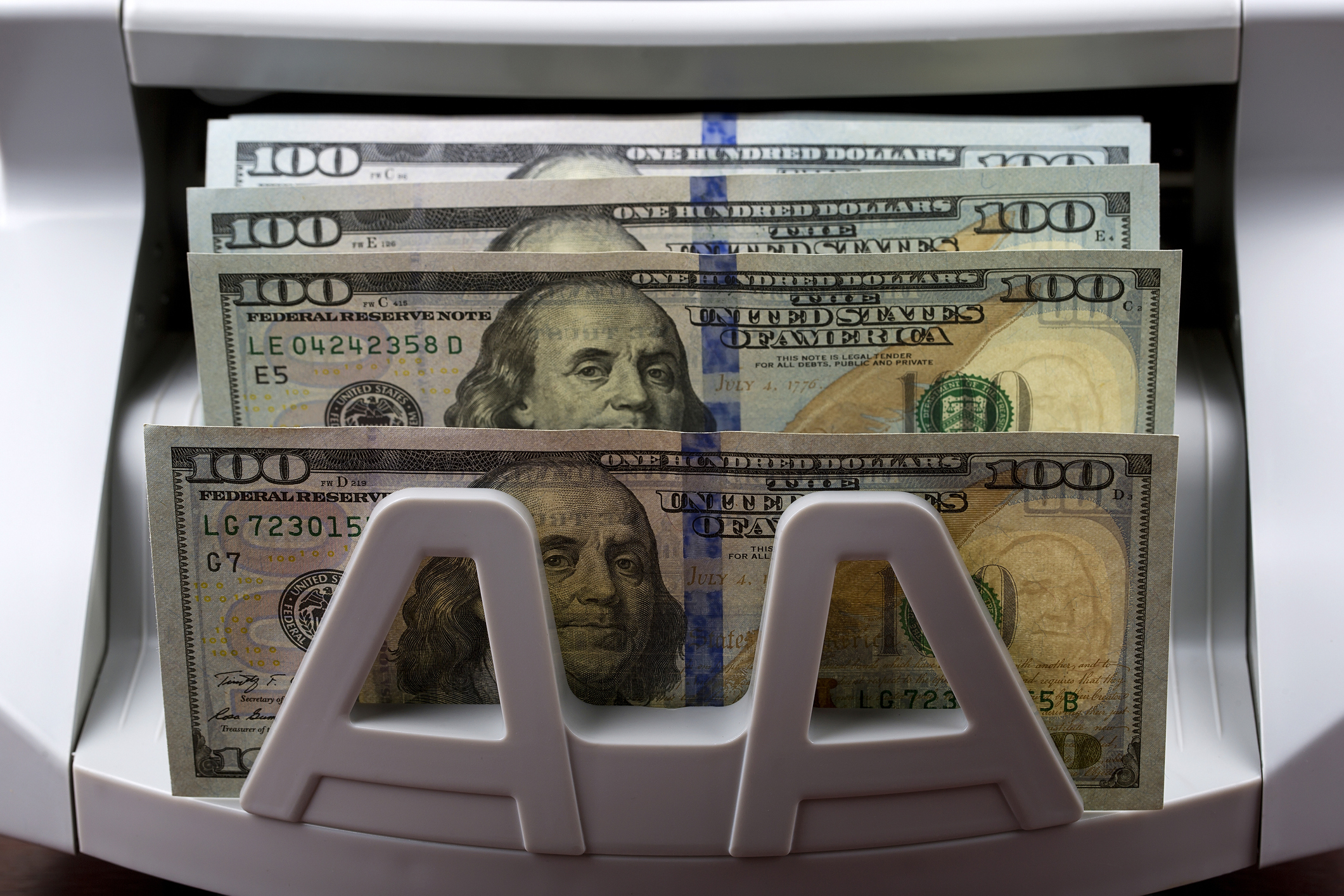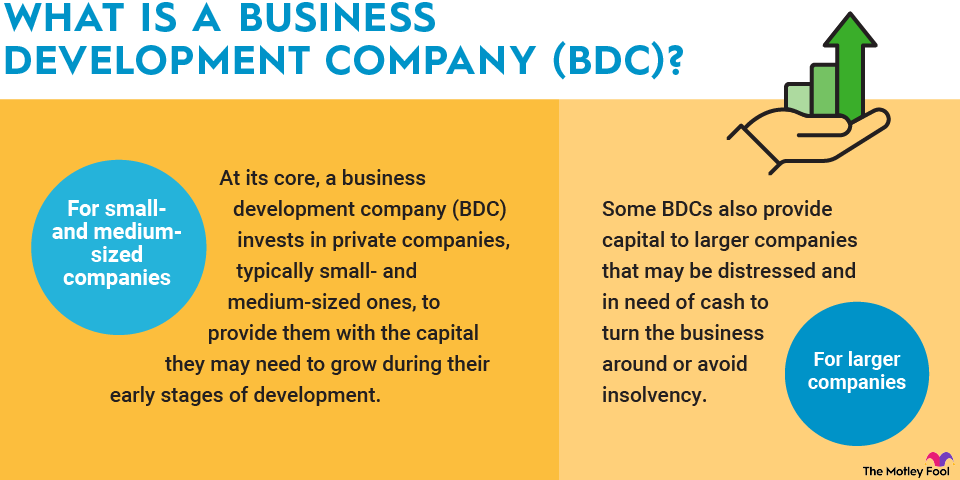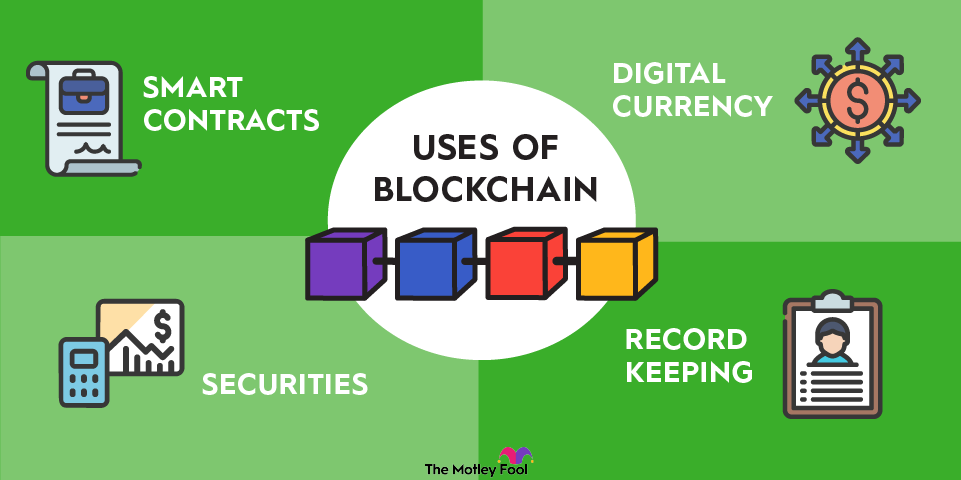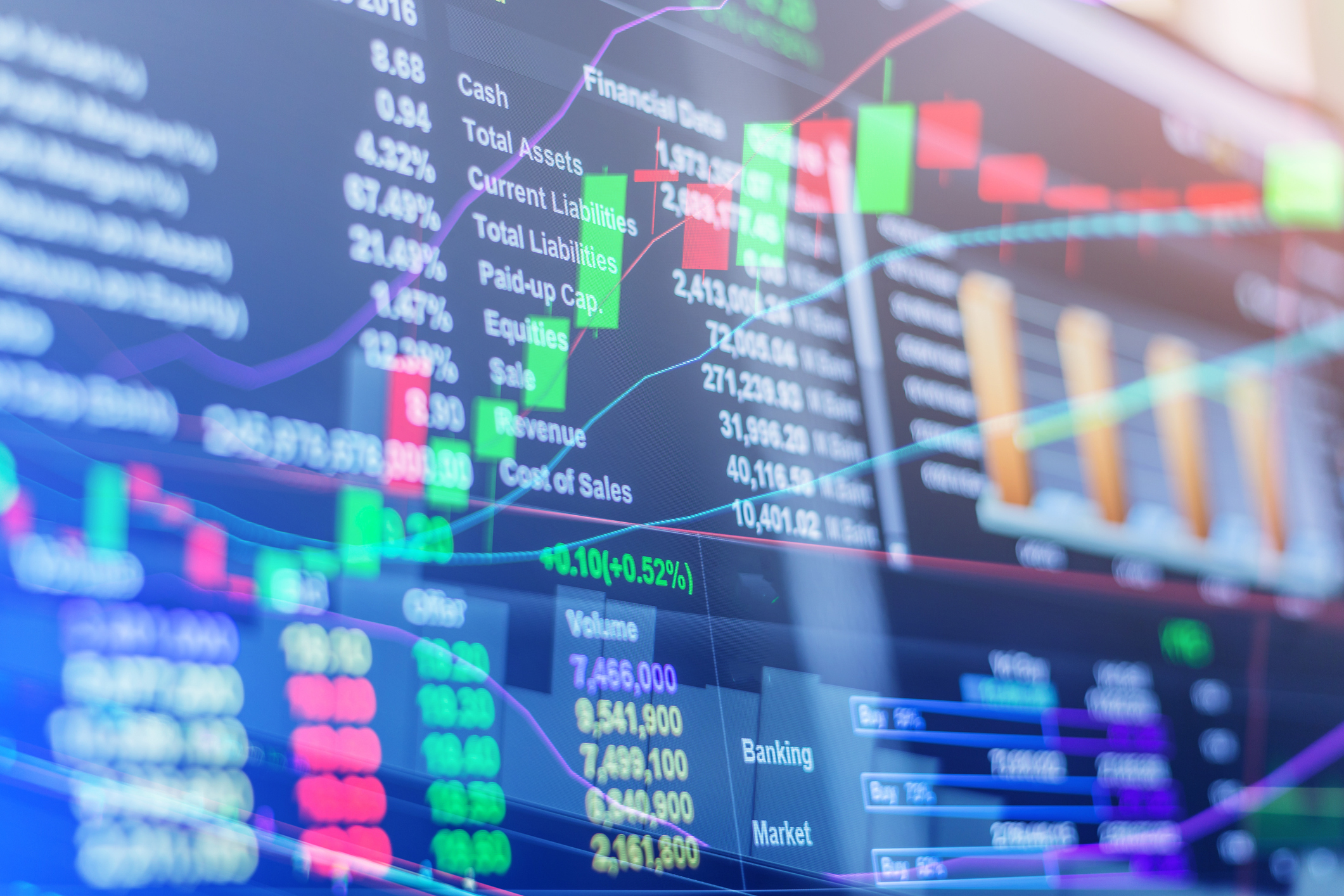If you’ve ever looked up a stock quote, you’ve probably seen bid and ask prices. The bid price is the price investors are willing to pay for an asset. The ask price is the price at which investors are willing to sell the asset. The spread represents the difference between the two prices.
Bid and ask defined
Bid and ask is a two-point price quotation that shows you the best price investors are willing to offer for a transaction. The bid is the highest price buyers are willing to pay for a financial security, such as a stock, at a given point in time. The ask is the price at which the investor is willing to sell the security. A bid price is almost always lower than an ask price.
The difference between bid and ask is called the bid-ask spread. If a stock’s bid price is $20 and the ask price is $20.10, the bid-ask spread is $0.10.
When you place a market order, you’re agreeing to buy at the next available ask price or sell at the next available bid price. The order goes through as long as there’s a bid (if you’re a seller) or an ask (if you’re a buyer).
But a limit order is only fulfilled if the bid or ask price hits a specified threshold. Suppose you’re trying to sell your shares of Company A, but you place a limit order specifying an ask price of $20 a share. If the bid price is only $19.99, your order won’t go through.
What the bid-ask spread means for investors
When an asset is highly liquid, the bid-ask spread may be close to zero because the market can efficiently match willing buyers and sellers. Let’s use shares of Amazon (AMZN -3.42%) as an example: At the stock market’s close on Feb. 23, the bid price was $95.83 and the ask price was $95.84, giving us a bid-ask spread of just $0.01.
Thinly traded securities, such as penny stocks, often have enormous bid-ask spreads. Because these stocks are traded less frequently, the supply vs. the demand may be out of whack. Plus, these stocks typically trade in over-the-counter markets instead of a major stock exchange, making it harder to match buyers and sellers.
Sometimes, these bid-ask spreads will look minimal since they may only amount to a few cents.
But if a stock has a bid price of $0.50 and an ask price of $0.55, that $0.05 spread amounts to 10% of the bid price. If you bought at the ask price and then immediately resold at the bid price, you’d lose 10% off the bat.
Retail traders who only buy and sell mainstream stocks probably won’t pay a lot of attention to the bid-ask spread, though, since it will constitute such a minuscule fraction of most investments. But bid-ask spreads are a huge source of profit for market makers, which are financial institutions that stand ready to buy or sell securities at a quoted price.
When a market maker receives a buy or sell order, it executes the transaction immediately even if it doesn’t have a corresponding buyer or seller lined up. Instead, it may use its own shares to fulfill buy orders or add shares to its inventory when receiving a sell order. Market makers earn money from the bid-ask spread because they’re constantly buying at the bid price and selling at the slightly higher ask price. The difference doesn’t amount to much for ordinary investors, but when it’s applied to millions of transactions, it adds up to serious profits for financial institutions.
Example of bid and ask
Here’s an oversimplified example of how bid and ask works. Suppose you want to buy 100 shares of a publicly traded company called Bluth’s Bananas. You see the bid price of $10 and an ask price of $10.02. If you’d placed a buy order with your broker, you’d pay the ask price of $10.02, which means you’d pay $1,002 for 100 shares instead of the $1,000 you’d have paid at the bid price.
A market maker immediately sells you those shares but only pays the bid price of $10 per share to the investor who’s selling 100 shares of Bluth’s Bananas. The other investor receives $1,000 instead of $1,002, and the market maker keeps the $2 difference.
In the end, the minimal bid-ask spread probably doesn’t make a huge difference to you or the seller. The market maker facilitated an efficient transaction for both of you, so you aren’t worried about $0.02 per share. But you can also see how market makers earn huge amounts of money, given the volume of transactions they handle each trading day.

